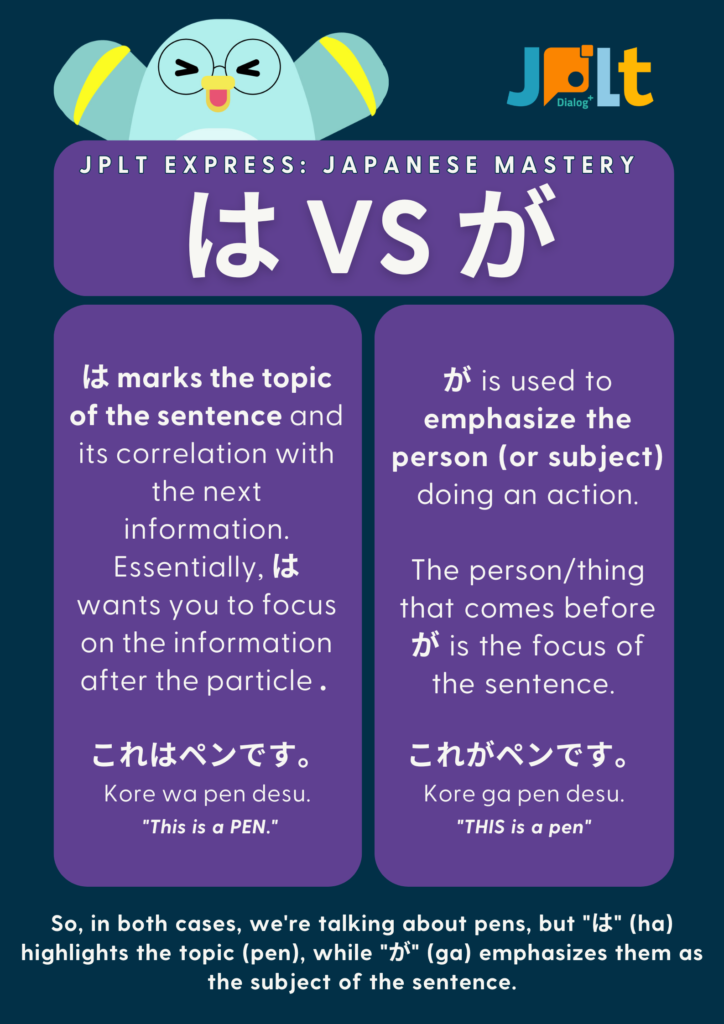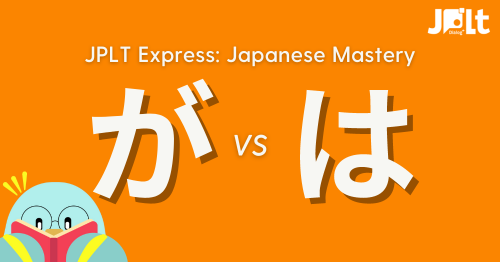What is the difference between 'が' and 'は' in Japanese?

For beginners of Japanese: An Easy Explanation of “は” and “が”
Many Japanese learners often find it difficult to distinguish between “は” and “が.” Indeed, both particles are placed at the beginning of a sentence and indicate the subject or topic, but there are subtle nuances between them.
Difference between subject and topic:
“は”
Indicates the subject of the sentence. It is the most important element in the sentence and clarifies the doer of the action.
“が”
Indicates the topic of the sentence. It presents the theme or matter that you want to discuss in the sentence.
Let’s compare with example sentences:
“This is a pen.”
In this sentence, “pen” is the subject and the doer of the action. Therefore, “は” is used.
“This is a pen.”
In this sentence, “this” is the topic and the theme you want to discuss. Therefore, “が” is used.
The difference between known information and new information
“は”
Indicates information that is known to the listener.“が”
Indicates information that is new to the listener.
Let’s compare with example sentences:
“机の上にあるのはペンです。”(The thing on the desk is a pen.)
In this sentence, the information “on the desk” is known to the listener. Therefore, “は” is used.
“これがペンですか?” (Is this a pen?)
In this sentence, the information “this is a pen” is new to the listener. Therefore, “が” is used.
The difference between emphasis and contrast
“は”
Has a nuance of emphasizing the subject or topic.“が”
Has a nuance of contrasting the subject or topic.
Let’s compare with example sentences:
“このペンは使いやすいです。””(This pen is easy to use)
In this sentence, “this pen” is emphasized, clearly distinguishing it from other pens.
“ペンがほしい。鉛筆は嫌だ。”(I want a pen. I dislike pencils)
In this sentence, “pen” and “pencil” are contrasted, clearly indicating which one is desired.
Summary
The particles “は” and “が” have various differences such as subject and topic, known information and new information, emphasis and contrast, etc. By being aware of these differences, it becomes possible to express more natural Japanese.
Additional Information
The above is merely a basic nuance, and subtle differences may arise depending on the situation. Until you get used to it, “は” is more versatile and easier to use in many situations. Good luck with your Japanese learning!





